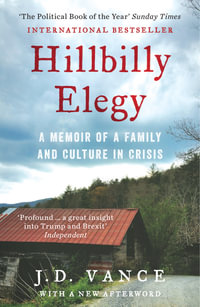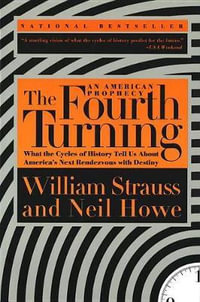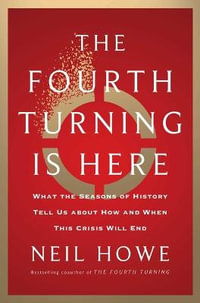Just outside downtown Newark, New Jersey, sits an abbey and school. For more than 150 years Benedictine monks have lived, worked, and prayed on High Street, a once-grand thoroughfare that became Newark's Skid Row and a focal point of the 1967 riots.
St. Benedict's today has become a model of a successful inner-city school, with 95 percent of its graduates--mainly African American and Latino boys--going on to college. "Miracle on High Street" is the story of how the monks of St. Benedict's transformed their venerable yet outdated school to become a thriving part of the community that helped save a faltering city.
In the 1960s, after a trinity of woes--massive deindustrialization, high-speed suburbanization, and racial violence--caused an exodus from Newark, St. Benedict's struggled to remain open. Enrollment in general dwindled, and fewer students enrolled from the surrounding community.
The monks watched the violence of the 1967 riots from the school's rooftop along High Street. In the riot's aftermath more families fled what some called "the worst city in America."
The school closed in 1972, in what seemed to be just another funeral for an urban Catholic school. A few monks, inspired by the Benedictine virtues of stability and adaptability, reopened St. Benedict's only one year later with a bare-bones staff . Their new mission was to bring to young African American and Latino males the same opportunities that German and Irish immigrants had had 150 years before.
More than thirty years later, St. Benedict's is one of the most unusual schools in the country. Its remarkable success shows that American education can bridge the achievement gap between white and black, as well as that between rich and poor. The story of St. Benedict's is about an institution's rise and fall, resurrection and renaissance. It also provides valuable insights into American religious, immigration, educational, and metropolitan history. By staying true to their historical values amid a continually changing city, the downtown monks, in resurrecting its prep school, helped save an American city.
Some have even called it the miracle on High Street.
Industry Reviews
"The inner-city school's remarkable revival shows that American education can bridge achievement gaps between white and black as well as rich and poor." -Publishers Weekly "This wondrous story of faith in the power of education, spiritual tenacity in an old American city, and redemption for generations of hardscrabble boys along Newark's High Street is important and timely. Tom McCabe's Miracle... captures the complicated history of the Benedictines on old American ground, shedding a brilliant light on why they have mattered, and still do, to the survival of inner city parochial education in the United States. It also persuasively argues that the decision, in retrospect an extraordinary one, to reopen the school was yet another symbol of Newark's Renaissance and the Benedictine challenge to racism. A triumph!" -- -Clement Alexander Price Rutgers University, Newark A dramatic, riveting account of a school and a city that rose and fell together, and the community of monks who dared to wed hopes for a revived St. Benedict's with Newark's precarious dreams of rebirth. Thomas A. McCabe is a gifted historian; he has crafted this highly lucid narrative with an insider's passion and a scholar's balance and grace. -- -James T. Fisher On the Irish Waterfront: The Crusader, the Movie, and the Soul of the Port of New York "A fascinating story of how suburbanization and racism ripped apart one urban Catholic community, and the survivors' brave efforts to piece it back together." -- -Jack Dougherty Trinity College "McCabe deftly explains the Benedictine vow of stability and how it led a group of white, Catholic religious men to remain in a city that was, by all accounts, dying." -- -Margaret McGuinness LaSalle University
























